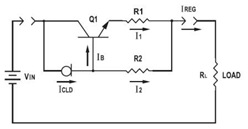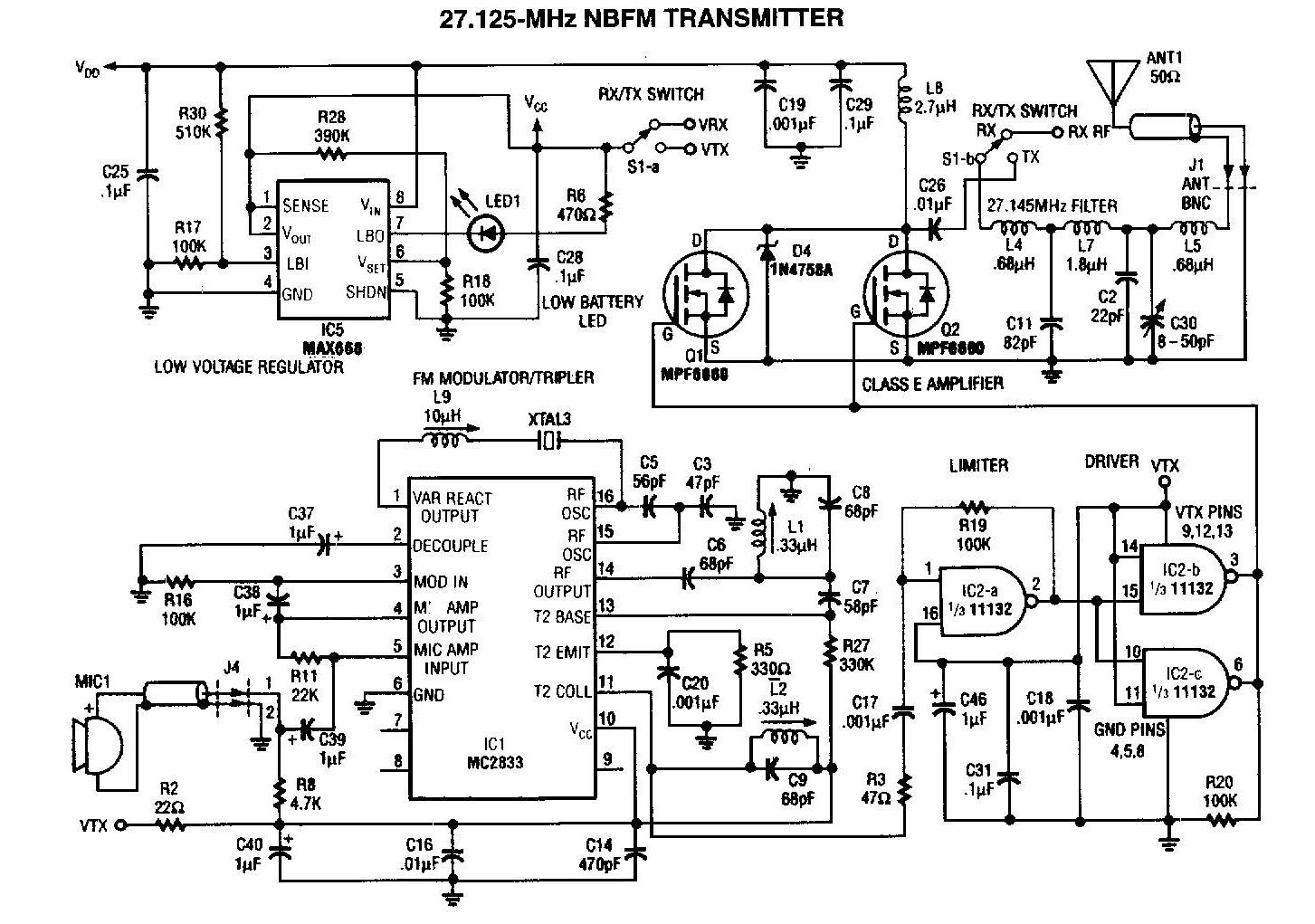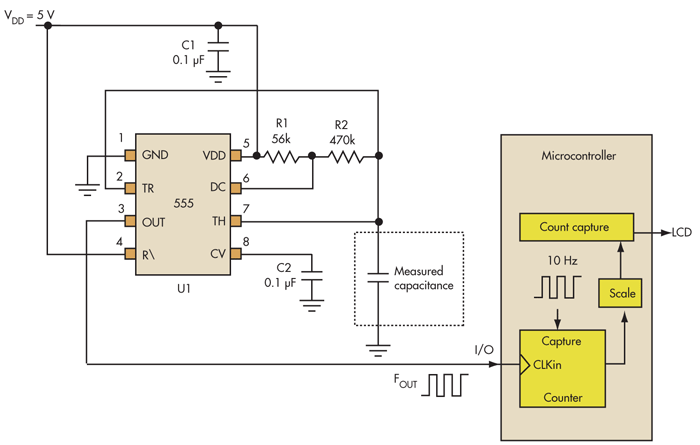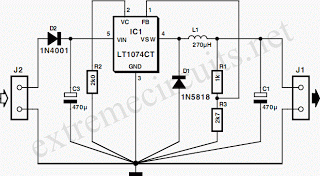
Practical Circuit Design Technique in Boosting Current Limit of CLDs by Using Transistor Current Gai

This application datasheet article includes sections that discuss the practical current booster circuit technique, which involves a conventional circuit using a Constant Current Load (CLD) and a current boosting circuit technique. It covers the analysis of the booster circuit principle, the implementation considerations for the circuit, and presents an exemplary experimental result illustrated with NPN CZT3055 and PNP CZT2955 transistors.
The practical current booster circuit technique is a method used to enhance the current capacity of a circuit beyond the limitations of standard components. The conventional circuit design typically employs a Constant Current Load (CLD) configuration, which stabilizes the output current despite variations in load or supply voltage. This technique is particularly useful in applications where high current is required but the available components cannot handle such loads directly.
The analysis of the booster circuit principle focuses on the operational characteristics of the circuit, including its input-output relationships, efficiency, and stability under varying conditions. It is essential to understand the fundamental principles governing the operation of the circuit to optimize its performance and ensure reliability.
Implementation considerations for the circuit include selecting appropriate components, such as the NPN CZT3055 and PNP CZT2955 transistors, which are known for their high current handling capabilities. Proper thermal management must also be addressed, as high current operation can lead to significant heat generation. Adequate heat sinks and thermal interfaces are necessary to maintain the transistors within safe operating temperatures.
The exemplary experimental results provided in the datasheet illustrate the effectiveness of the current booster circuit technique. Graphs and charts may depict the performance metrics, showcasing how the circuit meets or exceeds design expectations. The illustrations serve to clarify the circuit layout and operation, providing valuable insights for engineers looking to implement similar designs in their applications.
Overall, this application datasheet serves as a comprehensive resource for engineers seeking to understand and apply current booster circuit techniques in their projects.What you will find in this aplication datasheet article are sections that discuss about the practical current booster circuit technique (conventional circuit using CLD, current boosting circuit technique), the analysis of booster circuit principle, the implementation of circuit considerations, and an exemplary experimental result with ilustration using NPN CZT3055/ PNPCZT2955 transistors 🔗 External reference
The practical current booster circuit technique is a method used to enhance the current capacity of a circuit beyond the limitations of standard components. The conventional circuit design typically employs a Constant Current Load (CLD) configuration, which stabilizes the output current despite variations in load or supply voltage. This technique is particularly useful in applications where high current is required but the available components cannot handle such loads directly.
The analysis of the booster circuit principle focuses on the operational characteristics of the circuit, including its input-output relationships, efficiency, and stability under varying conditions. It is essential to understand the fundamental principles governing the operation of the circuit to optimize its performance and ensure reliability.
Implementation considerations for the circuit include selecting appropriate components, such as the NPN CZT3055 and PNP CZT2955 transistors, which are known for their high current handling capabilities. Proper thermal management must also be addressed, as high current operation can lead to significant heat generation. Adequate heat sinks and thermal interfaces are necessary to maintain the transistors within safe operating temperatures.
The exemplary experimental results provided in the datasheet illustrate the effectiveness of the current booster circuit technique. Graphs and charts may depict the performance metrics, showcasing how the circuit meets or exceeds design expectations. The illustrations serve to clarify the circuit layout and operation, providing valuable insights for engineers looking to implement similar designs in their applications.
Overall, this application datasheet serves as a comprehensive resource for engineers seeking to understand and apply current booster circuit techniques in their projects.What you will find in this aplication datasheet article are sections that discuss about the practical current booster circuit technique (conventional circuit using CLD, current boosting circuit technique), the analysis of booster circuit principle, the implementation of circuit considerations, and an exemplary experimental result with ilustration using NPN CZT3055/ PNPCZT2955 transistors 🔗 External reference





